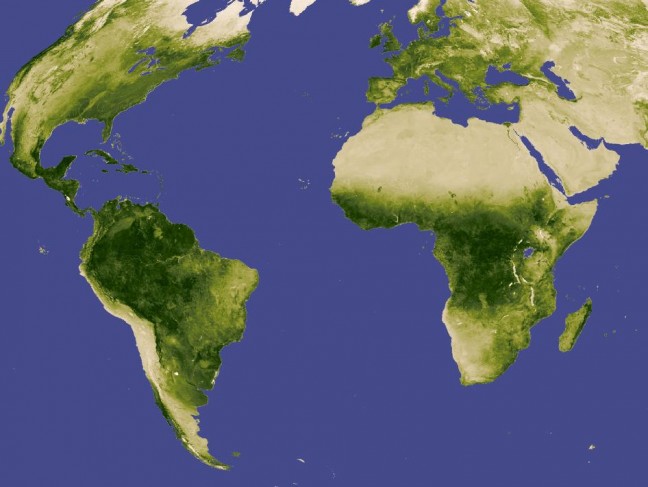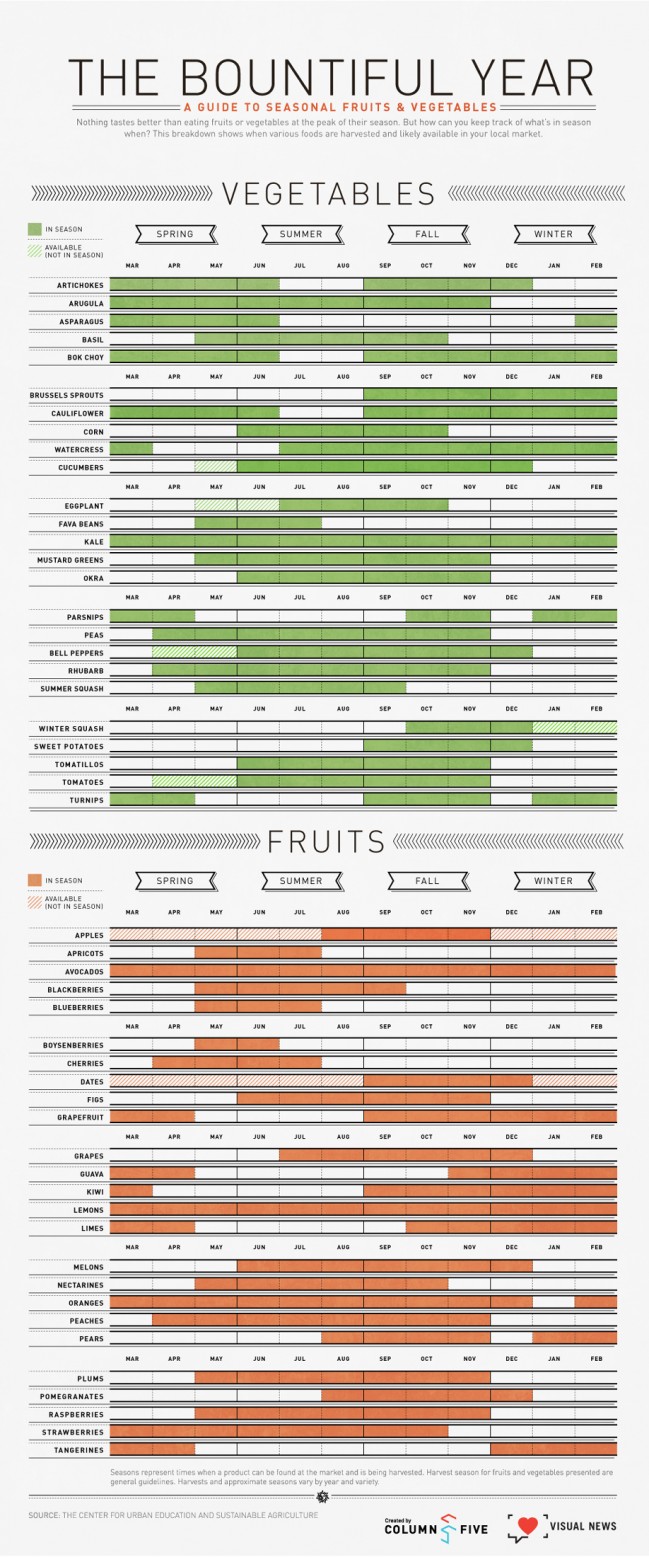
The vegetables you eat may be better for you based on how and when they are exposed to light. Just as animals adhere to circadian rhythms, research shows that some plants may generate different levels of healthy nutritional metabolites based the light cycle as well.
From ars technica:
When you buy vegetables at the grocery store, they are usually still alive. When you lock your cabbage and carrots in the dark recess of the refrigerator vegetable drawer, they are still alive. They continue to metabolize while we wait to cook them.
Why should we care? Well, plants that are alive adjust to the conditions surrounding them. Researchers at Rice University have shown that some plants have circadian rhythms, adjusting their production of certain chemicals based on their exposure to light and dark cycles. Understanding and exploiting these rhythms could help us maximize the nutritional value of the vegetables we eat.
According to Janet Braam, a professor of biochemistry at Rice, her team’s initial research looked at how Arabidopsis, a common plant model for scientists, responded to light cycles. “It adjusts its defense hormones before the time of day when insects attack,” Braam said. Arabidopsis is in the same plant family as the cruciforous vegetables—broccoli, cabbage, and kale—so Braam and her colleagues decided to look for a similar light response in our foods.
They bought some grocery store cabbage and brought it back to the lab so they could subject the cabbage to the same tests they gave their model plant, which involved offering up living, leafy vegetables to a horde of hungry caterpillars. First, half the cabbages were exposed to a normal light and dark cycle, the same schedule as the caterpillars, while the other half were exposed to the opposite light cycle.
The caterpillars tend to feed in the late afternoon, according to Braam, so the light signals the plants to increase production of glucosinolates, a chemical that the insects don’t like. The study found that cabbages that adjusted to the normal light cycle had far less insect damage than the jet-lagged cabbages.
While it’s cool to know that cabbages are still metabolizing away and responding to light stimulus days after harvest, Braam said that this process could affect the nutritional value of the cabbage. “We eat cabbage, in part, because these glucosinolates are anti-cancer compounds,” Braam said.
Glucosinolates are only found in the cruciform vegetable family, but the Rice team wanted to see if other vegetables demonstrated similar circadian rhythms. They tested spinach, lettuce, zucchini, blueberries, carrots, and sweet potatoes. “Luckily, our caterpillar isn’t picky,” Braam said. “It’ll eat just about anything.”
Just like with the cabbage, the caterpillars ate far less of the vegetables trained on the normal light schedule. Even the fruits and roots increased production of some kind of anti-insect compound in response to light stimulus.
Metabolites affected by circadian rhythms could include vitamins and antioxidants. The Rice team is planning follow-up research to begin exploring how the cycling phenomenon affects known nutrients and if the magnitude of the shifts are large enough to have an impact on our diets. “We’ve uncovered some very basic stimuli, but we haven’t yet figured out how to amplify that for human nutrition,” Braam said.
Read the entire article here.


